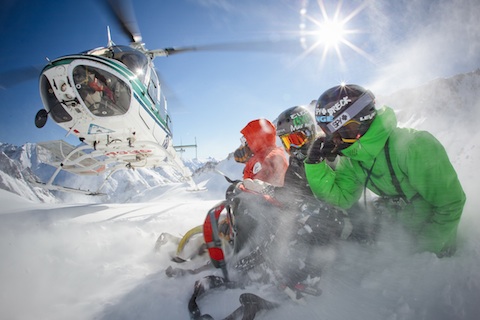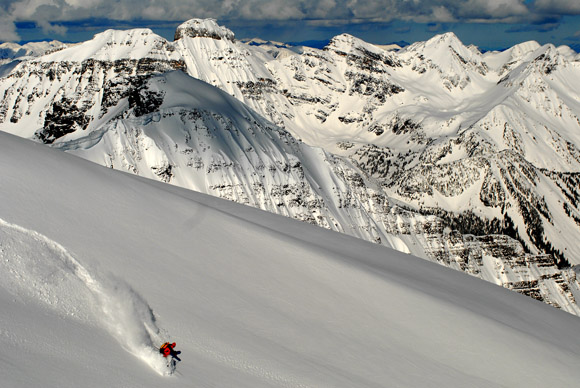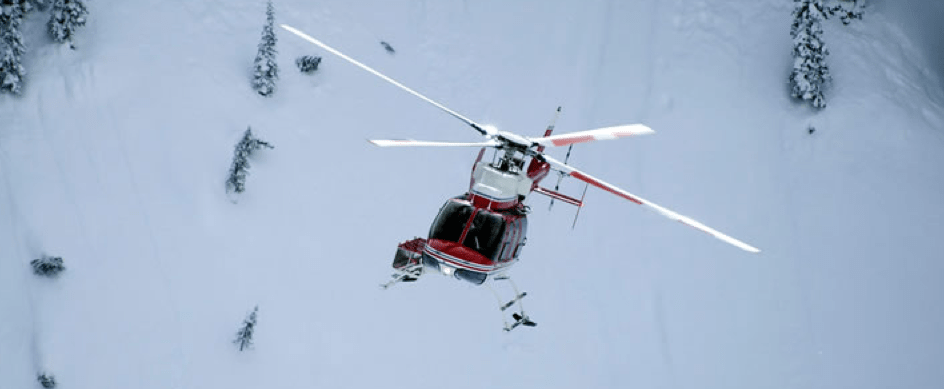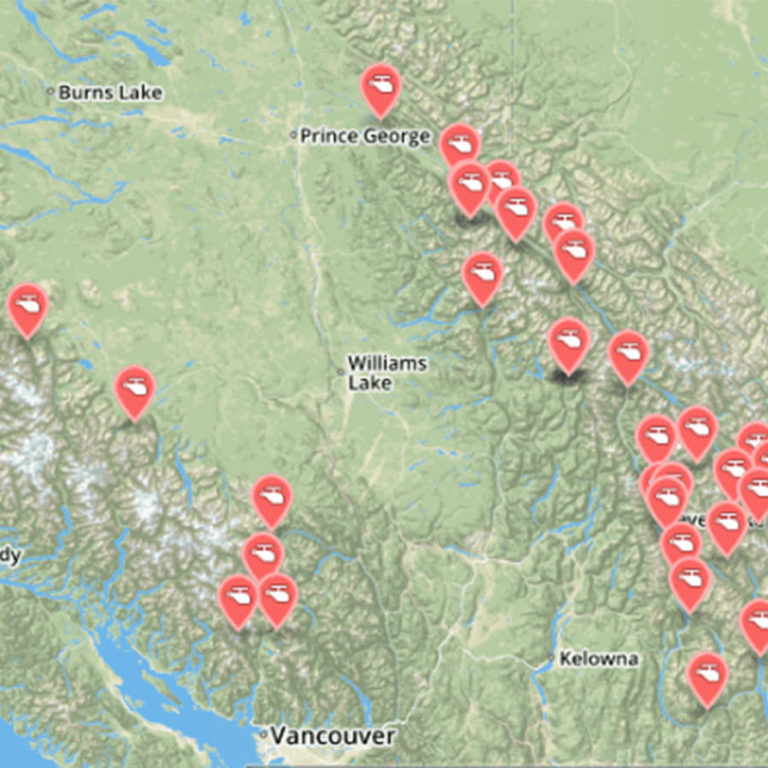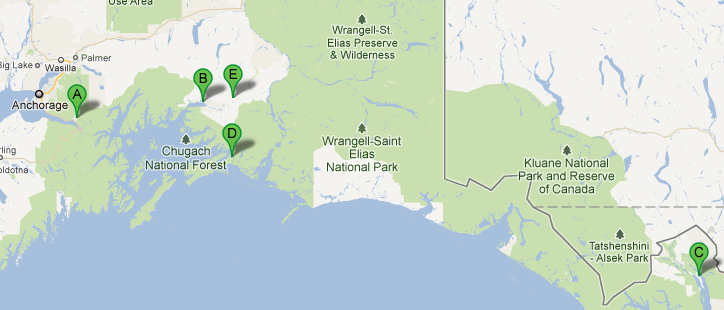Top 10 Things to Know about Helicopter Skiing
What is helicopter skiing?
Helicopter skiing, also known as heli-skiing, is a type of backcountry skiing that involves using a helicopter to access remote and untracked areas of mountain terrain. It allows skiers to reach areas that are not accessible by traditional ski lifts, and offers an unparalleled skiing experience.
Safety considerations
Helicopter skiing can be dangerous, and it’s important to take safety seriously. It’s crucial to go with a reputable operation whose guides are accredited. Guides should have experience in the area and can provide the necessary safety equipment and protocols. This includes an inflatable avalanche pack, probe, shovel and transponder ‘beacon’. Check out our on post helicopter skiing guides and safety.
Physical Fitness for Helicopter Skiing
Helicopter skiing requires a certain level of physical fitness, as skiers may need to hike or traverse through challenging terrain in order to access the best skiing conditions. Check out our post on getting in shape for helicopter skiing.
Weather Considerations for Helicopter Skiing
Weather plays a critical role in helicopter skiing, and conditions can change rapidly. Skiers should be prepared for a variety of weather conditions.and understand how weather can affect the quality of the skiing. The weather is very different in January than it is in March. See our post on When to go Helicopter Skiing.
Skill Level Required for Helicopter Skiing
Helicopter skiing is not for beginners, and skiers should have advanced skiing skills and experience in backcountry skiing before attempting heli-skiing. Guides will typically assess skiers’ skill levels and choose appropriate terrain based on their abilities. Advanced intermediate ability is the absolute minimum skill level. Ability to ski black diamond slopes comfortably is highly recommended.
Terrain
The terrain for helicopter skiing can vary greatly depending on the location and conditions. Some areas may have open bowls and wide-open runs, while others may have steep couloirs and narrow chutes. Some offer high alpine / glaciated terrain, and some offer more tree skiing than others. See Series on how to pick the best helicopter skiing location.
Helicopter Skiing Cost
Helicopter skiing is expensive, but worth it! Helicopter time is the most expensive element. Costs can vary widely depending on the location and the outfitter. Helicopter skiing pricing models vary, too. We discuss the three pricing models in the post below. Helicopter Skiing costs several thousand dollars for a multi-day trip. See details on the cost of helicopter skiing and the different helicopter skiing pricing models here.
Equipment Required for Helicopter Skiing
Skiers will need specialized equipment for helicopter skiing, including powder skis, avalanche safety gear (transceiver, shovel, and probe), and warm clothing that can withstand cold and wet conditions. Almost all operators offer specialized powder skis. Here is our review of helicopter skis.
Environmental impacts of Helicopter Skiing
Helicopter skiing can have a significant environmental impact, as it can disturb wildlife and vegetation in remote areas. Skiers should be aware of the potential impact and take steps to minimize their impact on the environment. Many helicopter skiing operators are now carbon neutral.
Permits and Regulations for Helicopter Skiing
Helicopter skiing is regulated in many areas, and skiers may need to obtain permits or adhere to specific regulations in order to access certain terrain. It’s important to research the regulations and requirements in the area where you plan to go heli-skiing. See the map of helicopter skiing destinations here.
Other considerations for helicopter skiing include:
-
The type of helicopter
-
Number of groups per helicopter
-
Group size
-
Lodging and Food
-
Length of the Helicopter Skiing Trip
-
Travel to and from helicopter skiing
There are over 45 helicopter skiing locations in British Columbia, Canada.
Helicopter Skiing Overview
Are you ready to elevate your skiing adventures to new heights? Look no further than our premier helicopter skiing services. We specialize in delivering the thrill of untouched powder, breathtaking landscapes, and exclusive access to the most pristine alpine terrain. Say goodbye to crowded slopes and hello to the extraordinary freedom of helicopter skiing.
Why Choose Helicopter Skiing?
Helicopter skiing is the epitome of off-piste skiing, offering an unparalleled level of excitement and freedom. Here are just a few reasons why enthusiasts around the world choose helicopter skiing:
-
Access to Untouched Powder: Our helicopters transport you to remote and untouched mountain slopes, ensuring that you’re the first to carve through pristine powder. Experience the untracked beauty of nature at its finest.
-
Exclusive Alpine Terrain: Say goodbye to lift lines and crowded resorts. With helicopter skiing, you have access to exclusive alpine terrain that’s only reachable by helicopter. Enjoy the solitude and serenity of the mountains with each descent.
-
Personalized Adventures: Tailor your skiing experience to your skill level and preferences. Whether you’re an expert seeking steep chutes or a beginner looking for gentle slopes, our experienced guides will customize your adventure for the ultimate skiing experience.
-
Breathtaking Scenery: Soar above majestic peaks and breathtaking landscapes as you travel to your skiing destination. The helicopter journey is an adventure in itself, providing awe-inspiring views that will stay with you long after your skis are back on solid ground.
-
Safety First: Our top priority is your safety. Our team of certified guides and pilots are experts in mountain safety, ensuring a secure and enjoyable experience for all. We adhere to the highest industry standards to provide you with peace of mind.
Our Helicopter Skiing Packages:
Choose from a variety of helicopter skiing packages designed to cater to every level of skier:
-
Classic Adventures: Perfect for those new to helicopter skiing, these packages offer a mix of challenging and accessible terrain.
-
Expert Expeditions: For the seasoned skier seeking the ultimate adrenaline rush, our expert packages feature the steepest and most challenging descents.
-
Private Charters: Elevate your experience with a private helicopter charter. Enjoy exclusive access to the best skiing spots with a personalized itinerary.
Book Your Helicopter Skiing Adventure Today:
Ready to embark on the skiing adventure of a lifetime? Contact us now to book your helicopter skiing experience. Our knowledgeable staff is here to answer your questions, help you choose the perfect package, and ensure that your journey into the untouched wilderness is nothing short of extraordinary.
Get ready to discover the thrill of helicopter skiing – where the powder is pristine, the slopes are endless, and the adventure is limitless!


